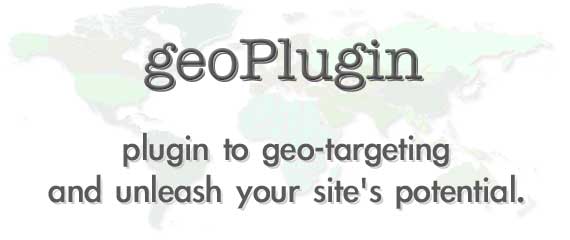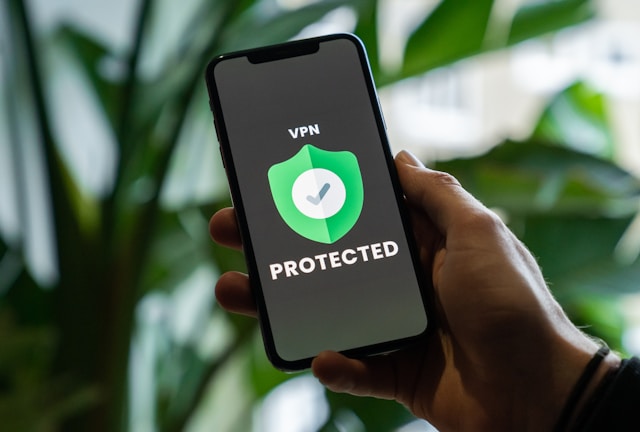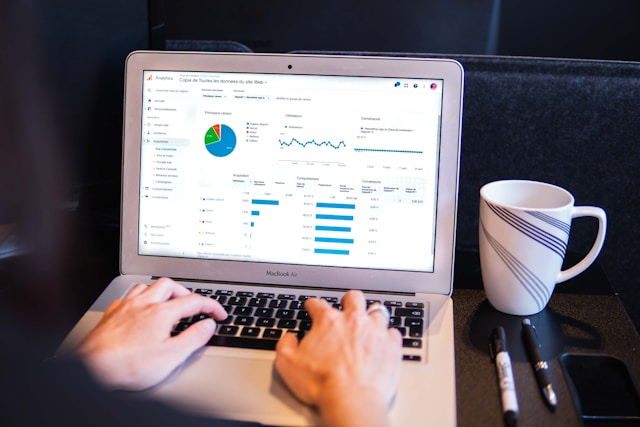There are many factors that affect the geofencing costs of location based marketing campaigns. This ensures that you can focus on figuring out how to reduce costs and get more out of your campaigns.
It’s an especially important point for businesses with a low marketing budget. With the right optimizations, you can drive down the cost per thousand (CPM rate) of your marketing efforts. This ensures that the geofencing solution comes in on budget and gets you more qualified customers.
Keep reading to better understand the geofencing costs of your marketing campaigns!

Table of Contents
How Much Does Geofencing Advertising Cost?
Do you want to know how much does geofencing advertising cost? The average marketing campaign for geofencing can cost anywhere from a few hundred dollars to thousands. It all depends on the scale of your operation.
Ideally, you will use software and a marketing setup that allows you to pay less at the start and increase costs as you scale. This ensures that small businesses can use geofencing advertising solutions that align with your costs.
Furthermore, you can look at case studies of different geofencing campaigns to get an idea of what you can expect to pay. However, don’t expect direct competitors to give you the details of their bid prices and other data points.

Top 5 Factors That Affect Geofencing Marketing Costs
Now, let’s pay attention to the geofencing marketing costs that can impact your bottom line. Paying attention to the cost of geofencing marketing is important if you want to avoid running out of money during the middle of your campaign.
1. Geofence Size and Location
Targeting a specific audience within a geofenced area can drive up costs. Furthermore, detailed targeting parameters, such as demographics, interests, and behaviors, require more sophisticated data analysis.
For instance, reaching a niche audience like high-income professionals or frequent travelers involves using advanced analytics and refined data sets. The granularity of the targeting affects not only the precision of the campaign but also the overall budget.
2. Campaign Duration and Frequency
The duration and frequency of a geofencing campaign are crucial for determining the cost. Generally, longer campaigns or those with frequent ad placements increase costs. That’s because it requires continuous data collection, analysis, and repeated ad serving.
In comparison, short-term and high-frequency campaigns with an emphasis on rapid engagement or seasonal promotions also incur higher costs due. That’s because there is an intense use of resources. You can bring the geolocation marketing costs down by constant optimization.
3. Technology and Platform Fees
Utilizing advanced geofencing technologies and platforms incurs additional costs. Expect higher fees for access to sophisticated geofencing tools, real-time data analytics, and integration with various advertising platforms.
Additionally, premium services offering enhanced features like real-time location tracking and detailed consumer insights fetch higher fees. Geofencing companies may have a tried pricing system where you can pay according to the features you select.
4. Data Collection and Analysis
Comprehensive geolocation data collection and analysis are critical for effective geofencing campaigns but come at a cost. Gathering detailed location data, consumer behavior insights, and interaction metrics requires advanced data analytics tools and expertise.
Furthermore, the more granular and real-time the data, the higher the costs. That’s because of the complexity and volume of information you process. Additionally, ensuring data accuracy and relevance through continuous monitoring and analysis necessitates ongoing investment.
5. Bidding Strategies
The bidding strategy chosen for the geofencing marketing campaign affects overall costs. Real-time bidding (RTB) allows advertisers to compete for ad space in real-time. This can lead to fluctuating prices based on demand and competition. Also, aggressive bidding to secure prime placements or outbid competitors can increase expenses.
Alternatively, opting for cost-per-click (CPC) or cost-per-acquisition (CPA) models can influence budgets. You’ll need to use the right approach with each model to have the most profitable campaigns.

Frequently Asked Questions
How much does a typical geofencing campaign cost?
The cost of a geofencing campaign can vary widely, but it typically ranges from $5 to $15 per 1,000 impressions. The top factors influencing the costs include the size and location of the geofence, the specificity of the target audience, and the campaign duration.
Also, customizations and advanced targeting options can drive up costs. This makes it essential to budget according to specific campaign needs.
What are the benefits of geofencing marketing?
Geofencing marketing offers several benefits, including precise targeting, real-time engagement, and improved ROI. Businesses can also reach customers in specific locations, which leads to higher relevance and effectiveness of the ads.
It also allows for timely promotions to drive immediate foot traffic and conversions. Moreover, geofencing provides valuable data on consumer behavior and movement patterns. This is a more informed marketing strategy that leads to better performance.
Are there any downsides to geofencing marketing?
There are a few downsides to geofencing marketing, such as privacy concerns and lack of data accuracy. A lack of geofencing accuracy makes it harder to target the correct users and it can lead to a waste of marketing dollars.
How can I measure the effectiveness of my geofencing campaign?
You can measure the effectiveness of geofencing campaigns through various metrics. This includes click-through rates (CTR), conversion rates, and foot traffic increases. Also, you can analyze engagement data, such as the number of ad interactions.
Additionally, comparing sales or visitation data before and after the campaign helps assess its impact on driving real-world actions. You’ll need to use marketing software to increase the effectiveness of your data-gathering strategies.
How does the quality of creative content impact geofencing costs?
High-quality creative content generally incurs higher production costs but can significantly improve campaign effectiveness. For example, engaging visuals, interactive elements, and personalized messaging enhance user experiences. They also increase the likelihood of interaction and conversions.
Furthermore, investing in professional design and tailored content can lead to better ROI. This can help justify a higher initial expenditure.

Geofencing Cost: How Much Should You Pay?
The amount you should pay for geofencing depends on the ROI you can generate. Ideally, you should reinvest profits into more marketing spend to generate the maximum number of sales possible. This allows you to grow your businesses by investing more money into geofencing.
However, you may want to start with low geofencing costs to learn the basics of the marketing strategy. Reducing the price range also reduces the risks, which means you can improve the geofencing strategy without losing a lot of money.
Are you looking for more ways to optimize your geofencing marketing strategy? Then, you’ll need to use accurate data, and geoPlugin is an excellent tool. We will help you turn IP addresses into actionable geolocation data.
So what are you waiting for? Give geoPlugin a try today, and don’t look back!












